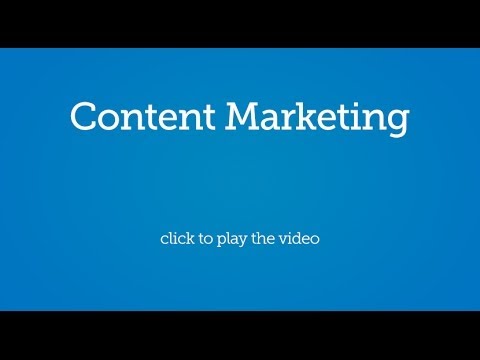The Vision
To become a publisher, a content creator and the “CNN” of your business. The strategy should focus on positioning your business as a thought leader and a reliable content source. The goal will be to create and curate the most relevant content in our industry and to use it to engage in quality discussions with stakeholders. This approach will allow you to develop owned media channels that can be modified on a campaign-by-campaign basis.
The value gained by becoming the source and owning the media channel vs. paying for it is the ability to extend reach, increase market share and build brand loyalty.
This will enable you to communicate more effectively with stakeholders. The stakeholder communications engaged-in can then be monitored, measured and optimized to meet your pre-defined success metric.
Taking a Publisher Approach
The goal of a publisher is to create content that is relevant for a target audience. The more credible and authoritative the publisher, the more likely people will be to read and share. The publisher mindset focuses on quality as well as frequency. The basic structure of a publishing process is to create or curate content (a news story for example) and then to engage people with specific media to share it. As part of the content marketing strategy, the publisher will operate out of a “digital newsroom” and will have a specific group of digital tools that can be summoned to create, curate or distribute content. The digital newsroom will serve as the content factory. It will be where content is aggregated and distributed. This can be categorized as “owned media” and will provide a way to “earn” audience engagement.
The digital newsroom will serve dual purposes:
1. It will allow us to increase organic (earned) search engine visits.
2. It will allow for stakeholders & potential clients to opt-in for content updates (lead-generation).
Each component of the newsroom will have its own success metric. Make sure you have analytics installed to help track behavior. Examples of success metrics may be defined as (but not limited to) increased website visits, downloads, views, followers and shares. The data gathered will allow you to make informed decisions on how to best allocate resources while optimizing manpower and maximizing budget.
Audience Development
To build an audience, you must first research and map the appropriate digital channel with the appropriate audience/demographic. The first step is to identify and monitor trends in media consumption amongst the various levels of stakeholders. By recognizing and respecting specific stakeholder communication preferences, you’ll gain credibility and increase the size of your audience. By monitoring audience engagement, you will be able to respond much faster, leading to additional communication opportunities. This will create a cyclical process that reminds people of the channels they can access to communicate with your business, 1-on-1. This will help position your business as transparent and accessible. There is also an element of personalization that occurs within this stage. Personalization occurs within the one-on-one conversations that take place between your business and stakeholders. By advocating a dialog, rather than a cold, sterile online experience, you can cultivate a human component that has not yet been capitalized within your specific, competitive space. This integrated approach to one-on-one communication will differentiate you from competitive service providers.



